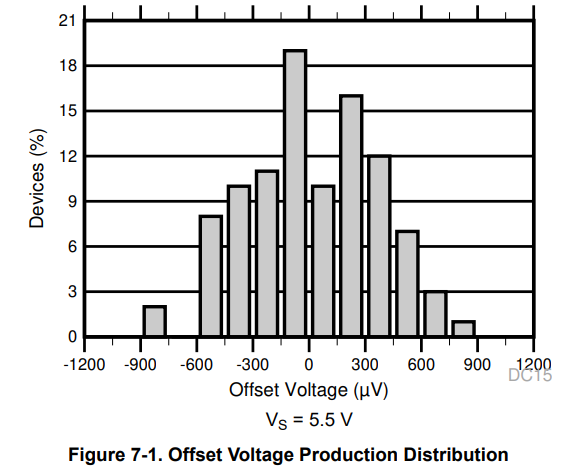Other Parts Discussed in Thread: OPA325, INA180, OPA2992
Hi, TI support team
We are reviewing a product using TLV9051IDCKR.
Please confirm the inquiries below.
Q1. The difference in voltage input to both ends of Rshunt, that is, In+ and In-, is 20 to 35 mV.
Is it possible to print normally due to the level difference mentioned above?
Q2. The datasheet only mentions low-side current sensing.
Can't it be used as high-side current sensing?
Among products with the same performance, please recommend a product capable of high-side current sensing.
Or, if there is a cheaper current sensor product, please recommend it.
Thanks.
Regards,
MJ



